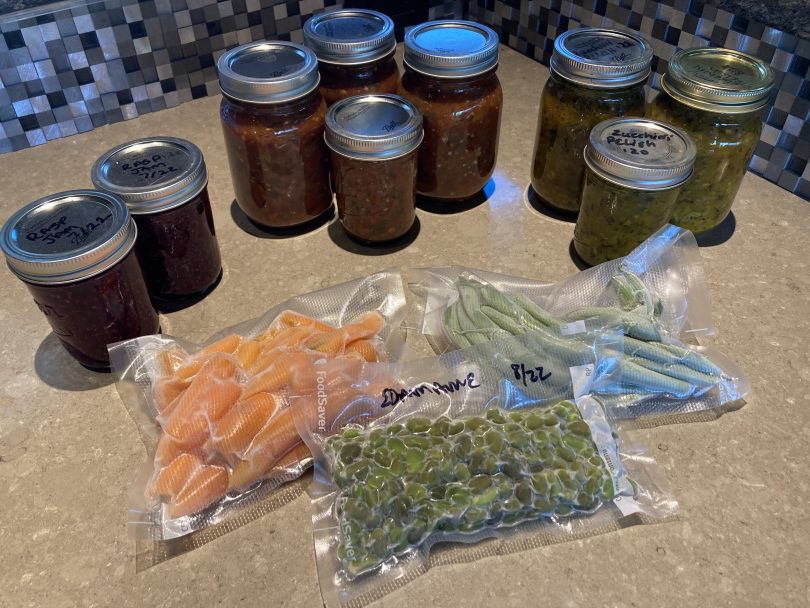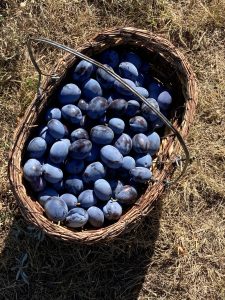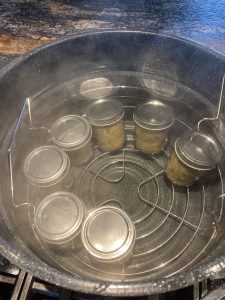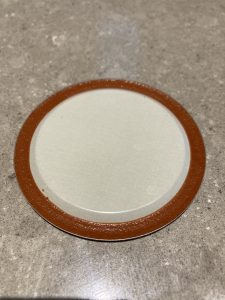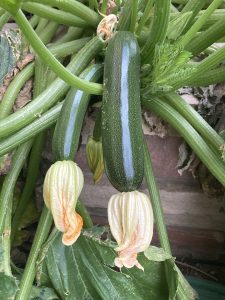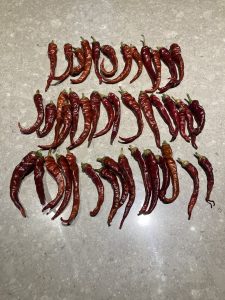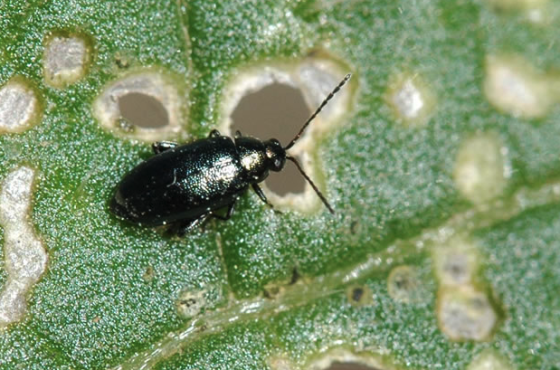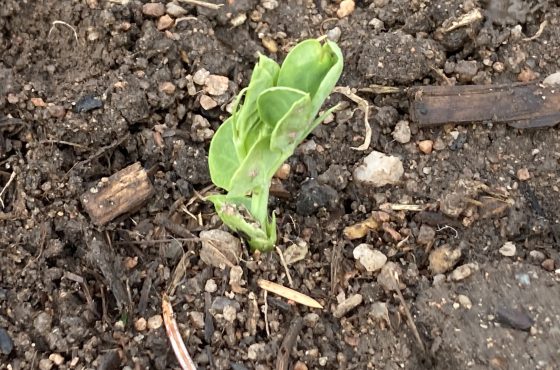HARVEST MANAGEMENT PART I
I have been very busy!! Harvest time of year is great but a LOT OF WORK to manage all the fruits of my labor. I am very diligent about using everything somehow; nothing goes to waste. Actually, all the waste from processing the produce goes into the compost bin (future blog)!
Mid July started with the garlic and onions getting harvested and cured – dried in sun for 7 days, then braided. End of July was raspberry season with tons of fruit; up to 4 cups/day at its peak. I made preserves, seedless all purpose sauce and homemade ice cream; a first for me and a big winner!
Preserves are fairly easy to make. I follow the recipe from the Certo brand fruit pectin recipe for each specific fruit. I made a 1 1/2 recipe of raspberries and this week will probably make the same amount with my Stanley plums. The fruit gets boiled with lots of sugar for several minutes then fruit pectin gets added at the end which gels and preserves them. These get canned as described below.
Canning preserves produce by vacuum sealing in special canning jars of different sizes. Recipes have to be followed exactly to be sure the product is sealed and preserved to prevent botulism. I start with a huge special canning pot that has a removable basket (to get jars out).
I put all the empty jars I will be using in this pot and bring it to boil – this sterilizes the jars. In the meantime, the canning product simmers for about 15 minutes so that it is hot when put into the hot jars. I use a funnel to scoop into jars, leave a bit of headroom of air, wipe off rims so they are clean then place seal lid (also sterilized) and screw top.
These all go into water bath and will boil for 15 minutes depending on the recipe directions plus an additional 10 minutes since we live at altitude. While in the water bath the air that is still in the jars will leach out of the rubber lined rim and escape into the water. Shortly after the jars are removed from water bath the center of the lids have a round bubble that gets sucked back in and makes a “pop” that confirms that the jars are sealed properly.
The summer vegetables start to trickle in at the beginning of August like cucumbers, zucchini, spaghetti squash, cabbage, edamame, beans, carrots. I used some of the cucumbers to make a ‘chilled cucumber soup’, similar to gazpacho. Quite tasty. The edamame, carrots, beans I blanched in boiling water for 3 minutes then vacuum sealed them (see featured photo) Makes for great fresh homegrown veggies in midwinter!
Zucchini, as everyone knows, grows like a weed with tons of fruit a week. That’s why there are so many people trying to get rid of them!
I usually plant 2 seeds since I worry that the “one” seed will not grow. Well, they always both grow and I end up with way too much fruit. Next year 1 plant only! Zucchini relish is a canned favorite of ours for putting on burgers/hot dogs, in chicken or egg salad. This recipe involves shredding 10 cups of zucchini, 4 cups of onions then putting 5 tablespoons of kosher salt in a large bowl and set in refrigerator overnight. The salt pulls out the water from the zucchini which then gets rinsed off in cold water and drained again. The vegetable mixture boils for 40 minutes with vinegar, sugar and spices and canned.
Cayenne peppers were also starting to ripen so I dried them in the sun and made chili powder by removing the stems, seeds and processing in a small chopper. Finishing it off with mortar and pestle for a nice powder.
Basil is another abundant item that needs to be processed. We had plenty of Caprese Salads but there is still a ton left. That means it’s time to make pesto! I have 2 different recipes; one original with parmesan cheese and pine nuts and another with roasted pecans, mint and garlic. All the ingredients go into the food processor with olive oil. Then they get topped off with olive oil to prevent the basil from turning brown due to oxidation. I put the small “puck” jars in the freezer where they will last a long time. Oil products cannot be canned so freezing is the next best thing. Another option is to put the pesto in ice cube trays and then freeze.
Stay tuned to part II of Harvest Management!

